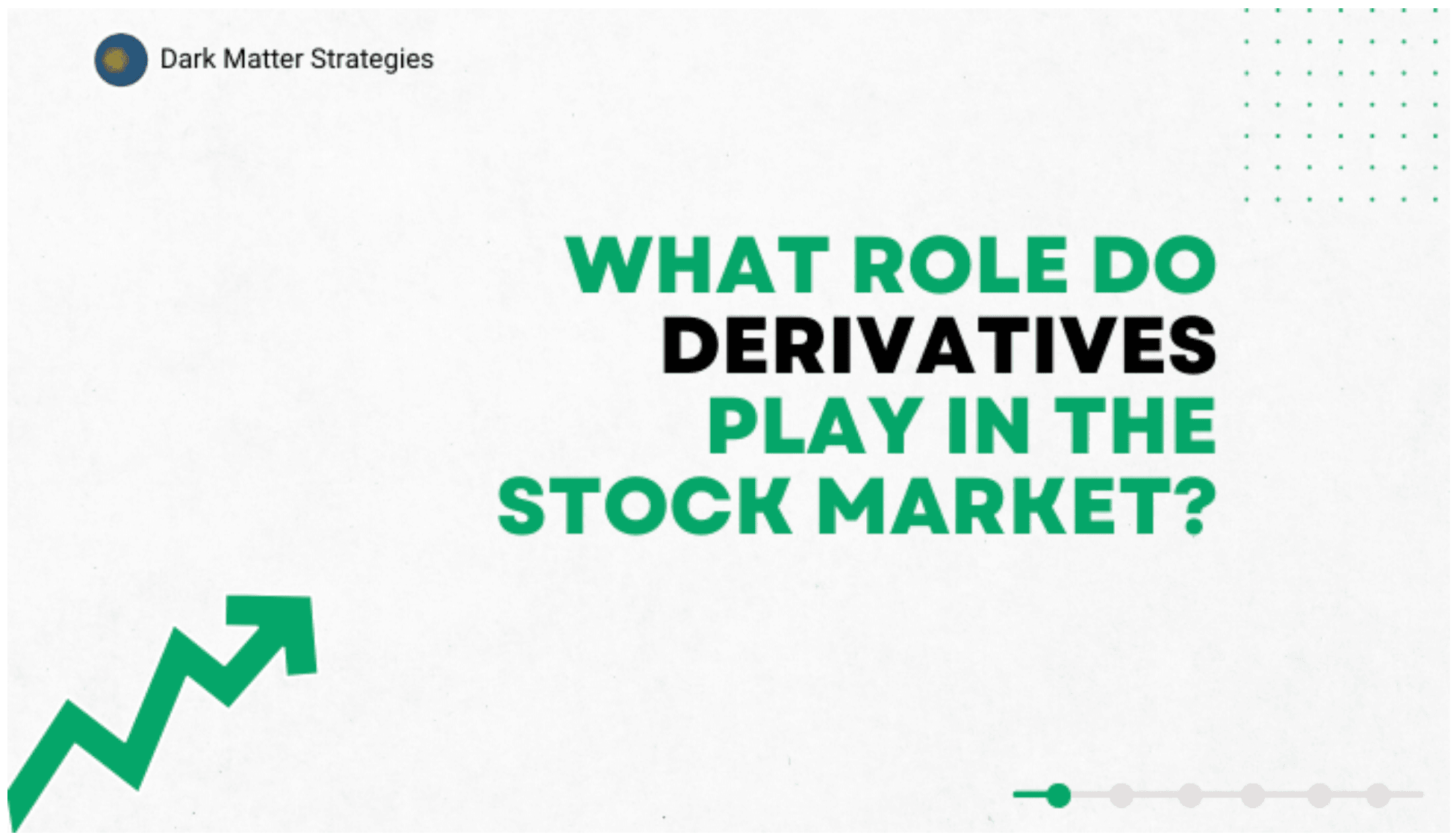Introduction to PE and PB Ratios
Two key valuation tools in the investment world are the price-to-earnings measure and the price-to-book indicator, which help gauge whether a firm’s shares are reasonably priced. These figures assist market participants in evaluating appeal based on earnings and asset values. In India’s bustling equity environment as of July 14, 2025, with the Sensex at approximately 82,500 and Nifty 50 near 25,150 following slight pullbacks from international trade concerns, these metrics are vital. The Nifty 50’s current PE stands around 22.6, while its PB is about 3.6, reflecting a market that’s moderately valued amid resilient growth but watchful of global risks. For retail investors on platforms like NSE or BSE, understanding these aids in spotting bargains or overpriced assets in a landscape driven by 6.5% GDP forecasts and RBI’s stable policies.
Understanding the Price-to-Earnings (PE) Ratio
Definition and Calculation
The PE figure links a company’s share value to its profit per unit of ownership. It’s derived by dividing the market price by the earnings per share (EPS), which comes from net income spread across outstanding units. This shows investor willingness to invest per unit of profit.
Interpretation in Market Context
Elevated PE levels imply optimism about future expansion, as buyers pay premiums for anticipated gains. Lower ones might signal undervaluation, attracting value seekers. In India, growth-oriented entities often sport higher PEs, while mature ones have modest figures.
Factors Influencing PE
Industry norms, expansion outlooks, and past patterns shape interpretations. Cyclical areas like metals show varying PEs with economic cycles, whereas steady sectors maintain consistency.
PE Ratio in the Indian Stock Market
Current Landscape for Indices
As of mid-July 2025, the Nifty 50’s PE at 22.6 indicates a balanced view, down slightly from recent highs but above historical averages of 18-20, buoyed by post-pandemic recovery. The Sensex PE around 23.8-24.55 mirrors this, with India’s overall market PE at 24.55, suggesting premiums for growth in Asia’s third-largest economy.
Examples of High PE Stocks
Tech and consumer-driven firms like Infosys or Zomato frequently exhibit PEs over 30-40, driven by digital and e-commerce booms. In 2025, amid AI integrations and consumption surges, these reflect bets on rapid scaling, though they risk corrections if earnings lag.
Examples of Low PE Stocks
Value plays such as ONGC, SBI, or Coal India hover below 15, like Tata Motors at around 12.5 earlier in the year. These appeal during uncertainties, offering safety in resources or banking amid stable oil prices and credit growth.
Sector Variations in India
Pharma and IT average higher PEs (25-35) due to innovation, while utilities and PSUs like Power Grid stay low (10-15), tied to regulated returns. In 2025’s environment, with export challenges from trade wars, export-heavy sectors show compressed PEs.
Advantages and Limitations of PE Ratio
Benefits for Investors
It offers quick comparisons across peers, highlighting sentiment. For Indian retail via apps like Zerodha, it simplifies screening on Tickertape, aligning with long-term compounding in a 15% historical market return setup.
Drawbacks and Cautions
PE ignores debt or one-offs, like asset sales inflating EPS. Forward PE, using projected earnings, better suits growth phases but relies on accurate forecasts. In volatile 2025, with earnings slowdowns projected, trailing PE might mislead.
Understanding the Price-to-Book (PB) Ratio
Definition and Calculation
The PB metric contrasts market valuation with accounting worth per share, computed by dividing price by book value per share—total equity minus liabilities, divided by shares outstanding. It assesses if shares trade above or below net assets.
Interpretation Insights
Above 1 suggests premiums for intangibles like brands; below 1 hints at discounts, possibly undervaluation or distress. This is useful for asset-rich industries.
Influencing Elements
Sector benchmarks, asset quality, and economic health affect readings. Tangible-heavy firms show lower PBs, while service-oriented ones higher.
PB Ratio in the Indian Context
Index Levels in 2025
Nifty 50’s PB at 3.6 as of July 11 reflects optimism, above the 2.5 oversold threshold but watchful of bubbles. Sensex aligns similarly, indicating investors pay multiples for growth in India’s $5 trillion economy push.
High PB Stock Illustrations
Brands like Hindustan Unilever or Nestle India exceed 10-15, valuing strong moats in consumer goods. In 2025, fintechs like Paytm command highs from digital prospects, despite volatility.
Low PB Stock Cases
Banks like SBI or metals like Hindalco trade below 2, offering value amid rate stability. PSUs in energy, such as NTPC, stay low, appealing for dividends in uncertain times.
Industry Differences
Financials average 2-4 PB due to leverage, while consumer durables hit 5-8 for growth. In 2025’s green transition, renewables like Suzlon show rising PBs on asset builds.
Strengths and Weaknesses of PB Ratio
Utility for Analysis
It spots asset bargains, ideal for value strategies in India’s diverse listings. Combined with ROE, it reveals efficiency, as per Buffett-inspired approaches popular locally.
Potential Pitfalls
PB overlooks off-balance intangibles or outdated book values from inflation. For tech, where assets are intellectual, it undervalues; hence, pair with PE for fuller pictures.
Comparing PE and PB Ratios
Complementary Usage
PE focuses on earnings flow, PB on asset base—together, they balance views. In India, low PE/high PB might signal quality value, while high both warn of froth.
When to Prioritize Each
Use PE for growth sectors like IT; PB for capital-intensive like infrastructure. In 2025’s mixed bag—with high valuations but solid fundamentals—both guide diversified portfolios.
Integrated Analysis in Practice
Screen via Screener.in for combos, like low PE/PB for buys during dips. Amid FPIs’ inflows tempering, these help time entries in Nifty constituents.
Practical Tips for Indian Investors
Accessing Data
Platforms like Moneycontrol or NSE provide real-time ratios; track quarterly for trends.
Benchmarking Strategies
Compare to 5-year averages or peers; Nifty’s historical PE 18-25 sets baselines.
Risk Considerations
High ratios risk reversals in downturns; low ones might trap if fundamentals weak. In 2025’s trade-sensitive market, factor macros like rupee or rates.
Case Studies
Reliance’s PE around 25 and PB 2.5 in 2025 balance diversification; versus a low-PE PSU like Coal India at PE 8-10, PB 3, for stability.
Advanced Applications
Forward vs Trailing Metrics
Forward PE uses estimates, useful for cyclicals amid recovery.
Sector-Adjusted Ratios
Normalize for industries; banking PBs adjust for loans.
Global Comparisons
India’s PE higher than emerging peers at 24 vs 15-20, signaling premium for growth.
Conclusion
PE and PB serve as core lenses for valuing equities in India’s vibrant scene, revealing investor views and asset alignments. As of July 2025, with indices at elevated but sustainable levels, they empower discerning between hype and substance. By contextualizing with sectors and trends, investors navigate toward informed, rewarding paths in this promising arena.


